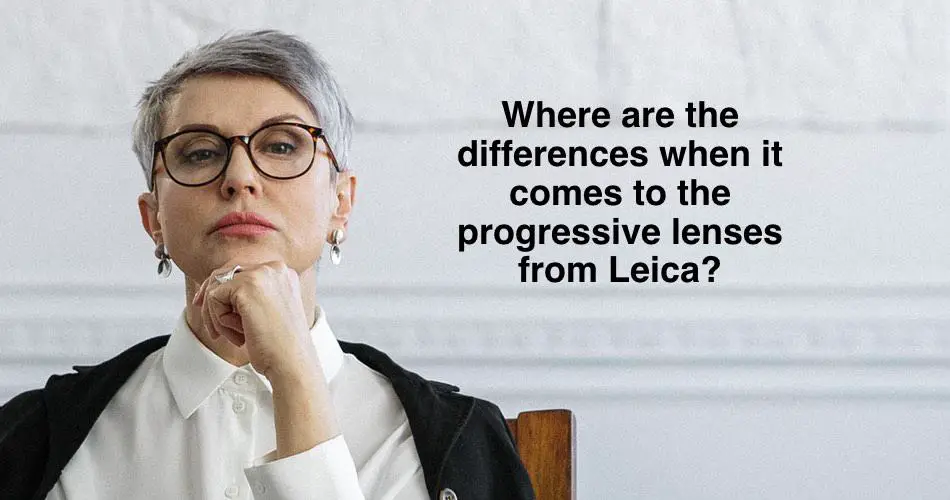Bifocals are eyeglasses that have lenses with two distinct viewing areas to help people see both distant and close objects. It was invented by Benjamin Franklin in the late 1700s. The top part of the lens aids in seeing distant objects while the lower section helps improve near vision.

However, bifocals have evolved over the years. With the advent of technology, manufacturers have introduced progressive lenses, which are also called no-line bifocals. In this article, we explore the differences between progressive lenses and bifocals and how they have revolutionized the eyewear industry.
Progressive Lenses
Progressive lenses are an updated version of bifocals, providing a better alternative to patients. It is the most advanced lens option designed for people with presbyopia, a condition that affects near vision acuity. Unlike traditional bifocals, progressive lenses have a gradual transition between the distance and near viewing areas.
With progressive lenses, there are no distinct lines between the different viewing areas, making them more aesthetically pleasing and functional. Users can enjoy a continuous range of vision from far to near, allowing for a smoother transition between distances.
Progressive lenses are also customizable to fit the specific prescription of each patient, making them an ideal option for people with astigmatism or other visual impairment. They are also thinner and lighter than traditional bifocals, making them more comfortable to wear.
The lenses are designed with multiple corrections, and as you move your eyes up or down, the power of the lens changes accordingly. This design allows for a more natural eye motion, a vast improvement from traditional bifocal lenses that were known to cause eye strain and headaches.
Bifocal Lenses
Bifocal lenses have been around for over two centuries, and they were initially designed for people with presbyopia. The lenses have two sections with different optical powers. The top section of the lens is designed to aid in seeing distant objects, while the bottom half of the lens helps with near vision.
While bifocal lenses served the purpose of improving near and far vision, they had a significant disadvantage. The distinct line between the two viewing areas could be unsightly, and people classically viewed bifocals as the “old-age” glasses.
The lenses were also not customizable to fit the specific prescription of each patient, making them less effective for people with varied visual impairments. Additionally, the sharp line dividing the two sections could be distracting and sometimes cause headaches, especially when adjusting between the two different viewing areas.
Bifocal Factory
With the advancement in technology, traditional bifocal lenses have been phased out, and more patients are opting for an upgrade in vision correction by choosing progressive lenses. However, new bifocal lenses are still being manufactured, and they have been improved to overcome some of the challenges that came with the older designs.
Bifocal lenses made in a modern bifocal factory are called Aspheric Bifocal lenses or Free Form Bifocal lenses. The vision correction areas in these lenses have a smooth transition, which decreases the appearance of the distinct line that was common with the older tabs and lines bifocals. The smooth transition of the vision correction areas also makes it easier for patients to adjust to their glasses, reducing the incidence of headaches.
In conclusion, while the bifocals and progressive lenses might serve the same purpose, progressive lenses are undoubtedly the superior option for improving vision. This is because they offer a range of benefits such as customization for different visual impairments and ease of wear. However, both bifocal lenses and progressive lenses can be made at a bifocal factory, which has technology to manufacture modern bifocals with improved versions of the traditional design.